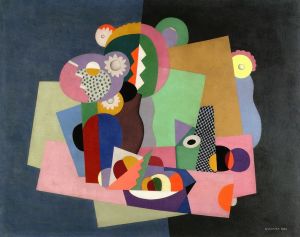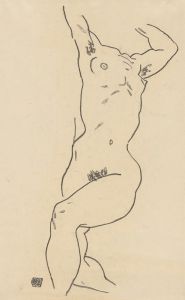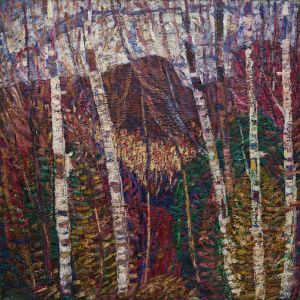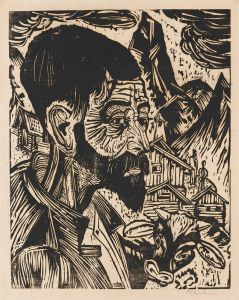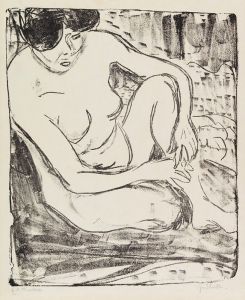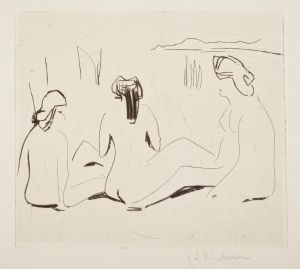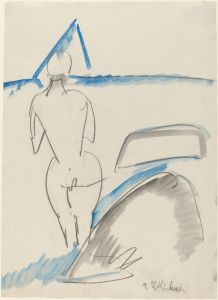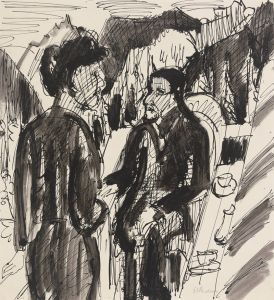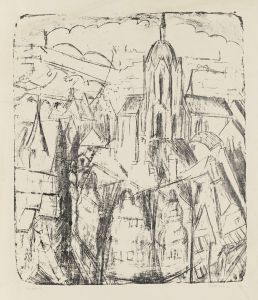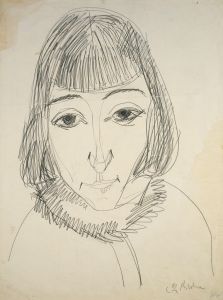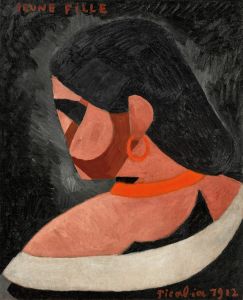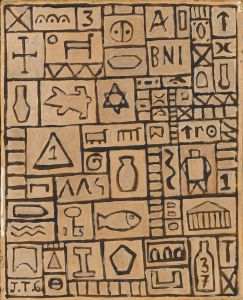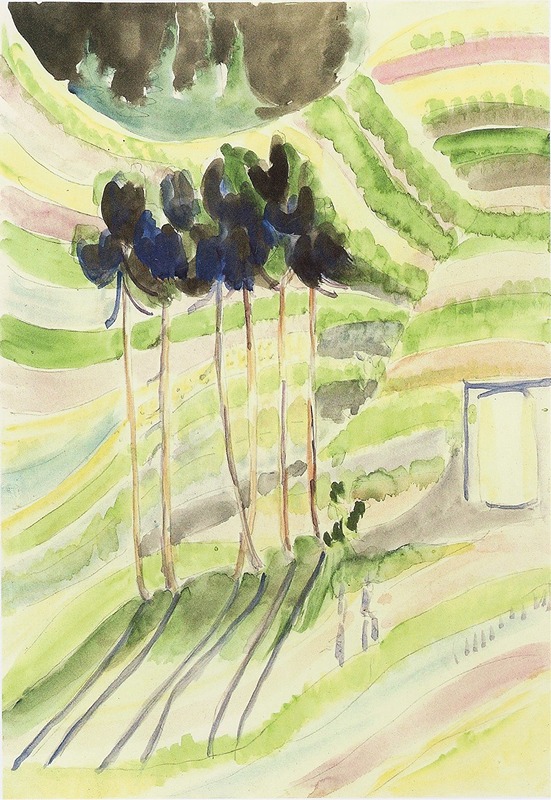
trees
A hand-painted replica of Ernst Ludwig Kirchner’s masterpiece trees, meticulously crafted by professional artists to capture the true essence of the original. Each piece is created with museum-quality canvas and rare mineral pigments, carefully painted by experienced artists with delicate brushstrokes and rich, layered colors to perfectly recreate the texture of the original artwork. Unlike machine-printed reproductions, this hand-painted version brings the painting to life, infused with the artist’s emotions and skill in every stroke. Whether for personal collection or home decoration, it instantly elevates the artistic atmosphere of any space.
"Trees" is a painting by the German expressionist artist Ernst Ludwig Kirchner, who was a key figure in the early 20th-century art movement known as Die Brücke (The Bridge). Kirchner was born on May 6, 1880, in Aschaffenburg, Germany, and he became one of the most influential artists of his time, known for his bold use of color and dynamic compositions.
The painting "Trees" exemplifies Kirchner's distinctive style, characterized by vibrant colors, expressive brushstrokes, and a sense of movement. Kirchner often drew inspiration from nature, and this work is no exception. The painting captures the essence of trees in a way that goes beyond mere representation, conveying the emotional and psychological impact of the natural world on the artist.
Kirchner's approach to painting was heavily influenced by his desire to break away from traditional artistic conventions. He was a founding member of Die Brücke, a group of artists who sought to create a new, more expressive form of art that would bridge the gap between the past and the future. This movement was part of a broader trend in early 20th-century art that included other expressionist groups and artists who were exploring new ways of seeing and representing the world.
In "Trees," Kirchner's use of color is particularly striking. He employs a palette of bold, contrasting hues that create a sense of energy and vitality. The trees are depicted with exaggerated forms and dynamic lines, which give the painting a sense of movement and life. This approach reflects Kirchner's belief that art should not merely imitate reality but should instead capture the inner essence of the subject.
Kirchner's work was also influenced by his interest in non-Western art forms, particularly African and Oceanic art. This interest is evident in the simplified, almost abstract forms of the trees in this painting. By incorporating elements of these art traditions, Kirchner sought to create a more universal language of expression that transcended cultural boundaries.
Throughout his career, Kirchner faced numerous personal and professional challenges. He struggled with mental health issues and was deeply affected by the political turmoil of his time, including the rise of the Nazi regime in Germany. Despite these difficulties, he continued to produce innovative and influential work until his death in 1938.
"Trees" is a testament to Kirchner's ability to convey the emotional and psychological impact of the natural world through his unique artistic vision. The painting remains an important example of early 20th-century expressionism and continues to be celebrated for its bold use of color and dynamic composition.





